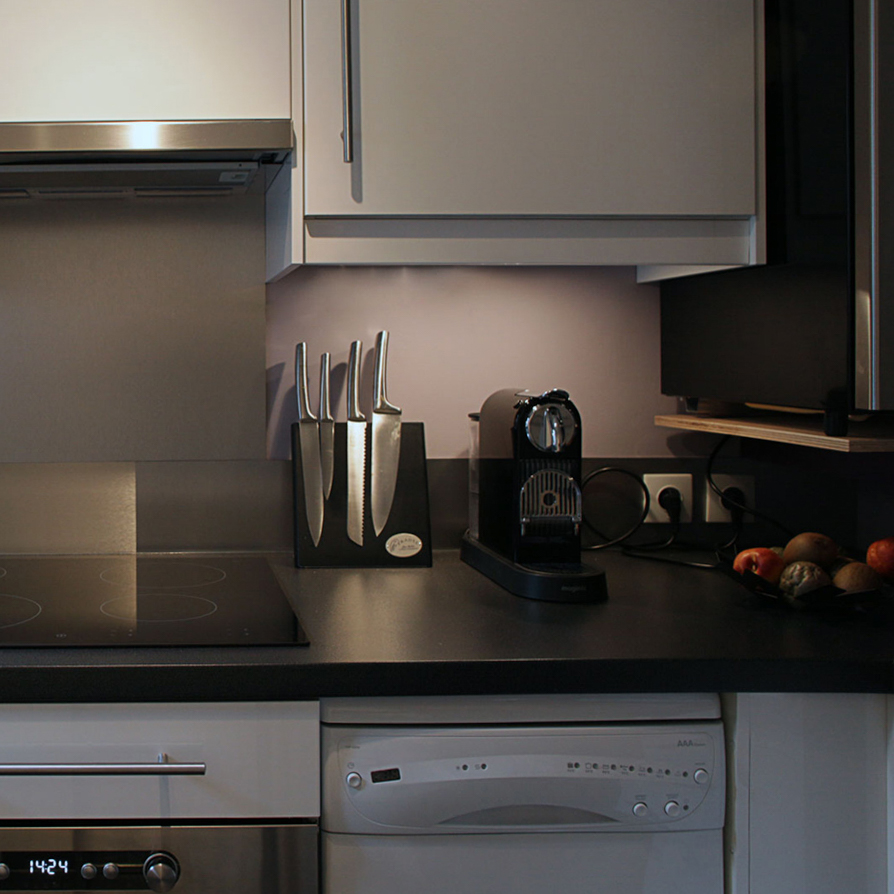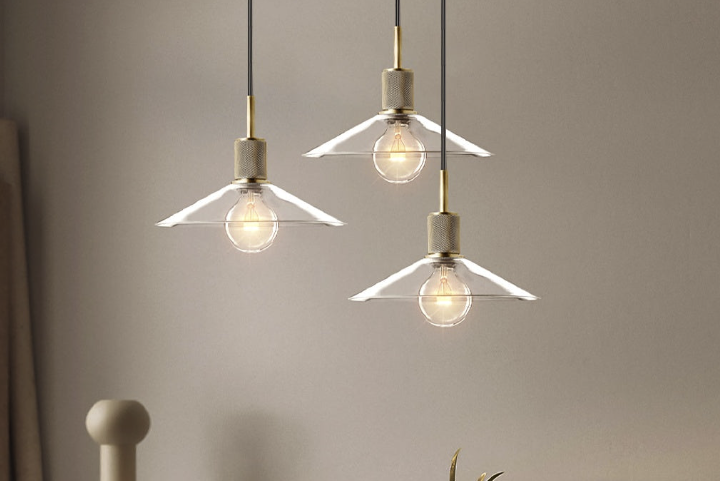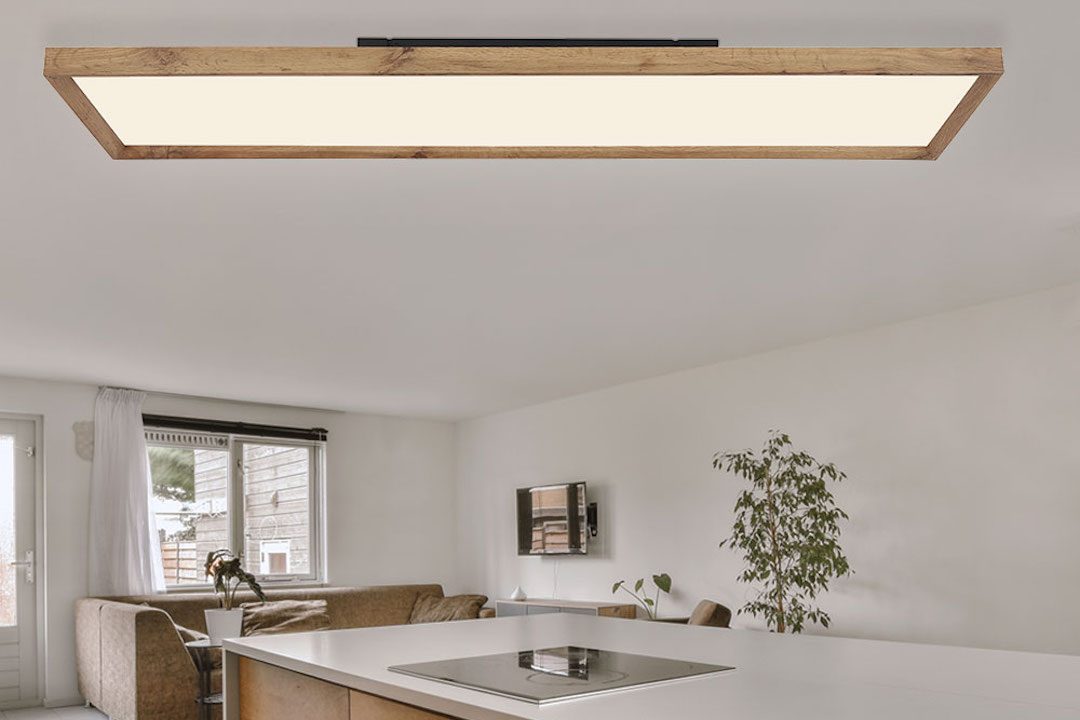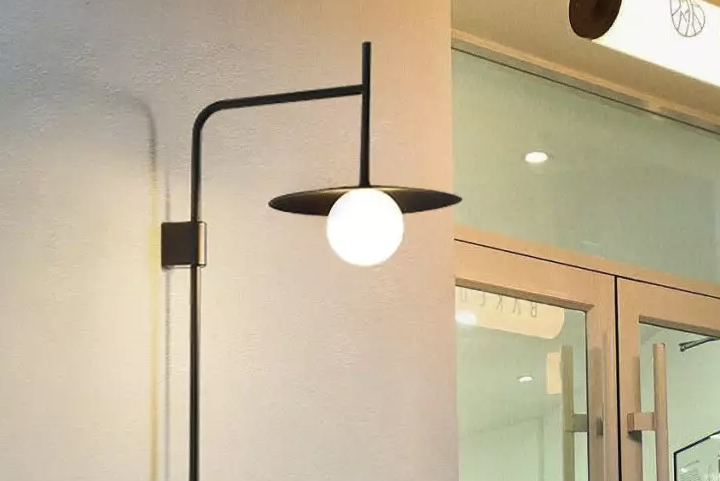Introduction
Wicker screens are becoming increasingly popular as a versatile, practical and stylish addition to homes worldwide. Made from natural materials such as cane, rattan or willow, these screens can be used for a myriad of purposes, from dividing and creating defined spaces to adding privacy, shading and decorative elements to any room.
The History of Wicker Screens
Wicker work is an ancient craft that dates back to the ancient Egyptians, who used woven reeds to make furniture and baskets. The technique was adopted by other cultures, such as the Greeks, Romans and Persians, who used wicker baskets and screens to create privacy and shade in their homes.
In the Middle Ages, wicker screens were used in monasteries and castles as partitions, while in the 18th century, they became popular in French and English country homes as decorative room dividers. By the 20th century, wicker screens were widely used in homes across Europe and North America, with many contemporary designs being created to suit modern tastes and needs.
The Advantages of Wicker Screens
Wicker screens offer several advantages over other types of dividers, such as curtain or glass partitions. Firstly, they are natural and eco-friendly, made from renewable materials that are biodegradable and sustainable. Secondly, they are lightweight and easy to move, allowing for quick and convenient room transformations.
Thirdly, wicker screens offer privacy while still allowing light and air to pass through, making them ideal for creating cozy nooks or shaded spots in sunny areas. Fourthly, they add texture, warmth and a touch of nature to any room, creating a softer, more organic ambiance.
Finally, wicker screens are durable and long-lasting, even in high-traffic areas or outdoor spaces. With proper care and maintenance, they can last for decades, becoming cherished family heirlooms.
How to Use Wicker Screens in Your Home
Wicker screens can be used in a variety of ways to enhance the look and feel of your home. Here are some ideas to consider:
Dividing Rooms
If you have an open-plan living space, wicker screens can be used to create distinct areas for dining, entertaining or relaxing. For example, you could place a small wicker screen behind a sofa to create a reading nook, or use a larger screen to define a dining area.
Add Privacy to Bathrooms
Wicker screens can add privacy to bathrooms without sacrificing natural light or ventilation. Simply place a screen in front of a bathtub or shower, or use one as a decorative divider between the toilet and sink.
Create a Calming Bedroom Retreat
Wicker screens can be used to create a peaceful, zen-like atmosphere in the bedroom. Place a screen behind the headboard to create a focal point, or use one to separate sleeping areas in shared bedrooms.
Add Texture and Depth to Outdoor Spaces
Wicker screens are great for adding warmth and texture to outdoor spaces such as patios, decks and balconies. Use screens as a backdrop for potted plants or to create a shaded seating area.
Caring for Your Wicker Screens
To keep your wicker screens looking their best, it’s important to take proper care of them. Here are some tips to keep in mind:
Keep Them Clean
Regularly dust your screens with a soft cloth or brush to remove dirt and debris. If necessary, you can also vacuum them with a soft brush attachment.
Protect Them from Sunlight
Direct sunlight can cause wicker screens to fade and become brittle over time. To prevent this, keep your screens out of direct sunlight, or use a UV-resistant spray to protect them.
Handle Them Carefully
Wicker screens are delicate and can be easily damaged if treated roughly. When moving or storing your screens, handle them gently and avoid placing heavy objects on top of them.
Store Them Properly
If you need to store your screens for an extended period, be sure to clean them thoroughly and store them in a cool, dry place. Avoid damp areas, as moisture can cause mildew and rot.




